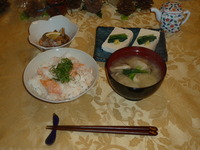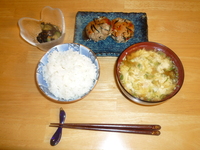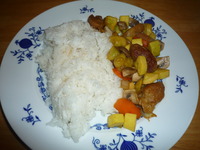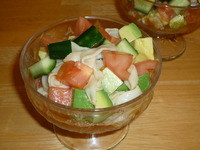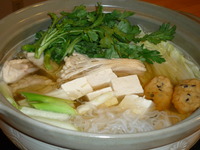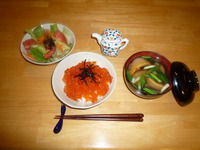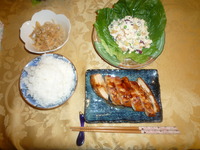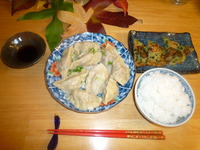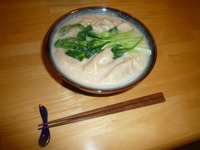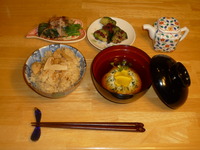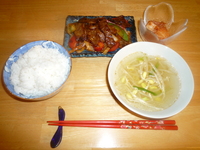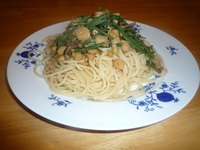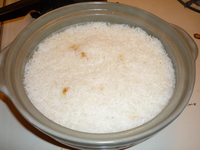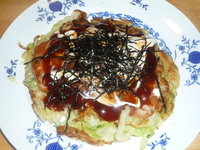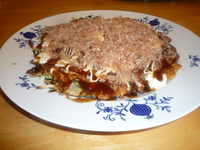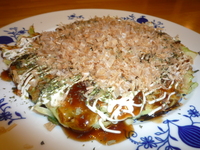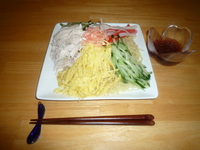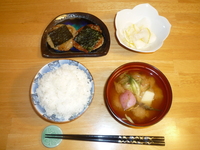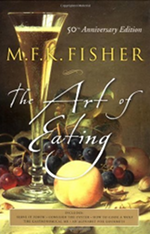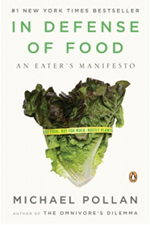Monday, May 10th, 2010
Have you ever been amazed by the soy sauce section at a Japanese grocery store? I wanted to talk about the variety of soy sauces out there so that if you have a Japanese grocery store in your area, you can make a more informed decision on your soy sauce choice. According to the Japanese Soy Sauce Information Center (yes there is a Japanese Soy Sauce Information Center-SOYIC しょうゆ情報センター), there are 5 main types of soy sauces.
1) Koikuchi Shoyu (濃口): This soy sauce is the most popular in Japan and roughly makes up approximately 82% of the soy sauce consumption. It is characterized as having a deep soy sauce flavor and a mild sweetness. It is the all-purpose and most versatile of the five soy sauces.
2) Usukuchi Shoyu (淡口): Usukuchi, which literally means "light taste" has a light reddish brown color but don't be fooled by it's name. This soy sauce has 10% more sodium than koikuchi in order to slow the fermentation process. The color and the soy flavor is lighter in order to maintain the integrity of the other ingredients in the dish.
This soy sauce makes up 15% of the entire soy sauce production and is popular in the Kansai Region.
3) Tamari Shoyu (溜まり): This soy sauce is used mostly in the Chubu region. It has a slightly thicker consistency and has a rich umami flavor. It is been called "Sashimi Tamari" because it is often used for sushi and sashimi. Tamari developes a nice red color when heated and is therefore an ideal soy sauce for teriyaki sauces, tsukudani (preserved food cooked in soy sauce) and also preserved foods such as senbei (rice crackers).
4) Saishikomi Shoyu (再しこみ): This soy sauce is a specialty soy sauce in Yamaguchi Prefecture and also used in Kyushu. The "Sai" in Saishikomi means again because the koji (fermented rice) is added back into the soy sauce for a second time, whereas most other soy sauces only add the koji once during the salt water stage. This is also a thick soy sauce and is also popular for sashimi.
5) Shiro Shoyu (白): Developed in Aichi Prefecture, this soy sauce has the lightest soy flavor and has a light amber color of all the soy sauces. It's sweetness, however makes up for the the lightness in soy flavor. This soy sauce is ideal for dishes that need to maintain it's color and flavor. Examples include: fish broth soup, pickled vegetables, chawan mushi (savory steamed egg custard), and rice crackers.
This information was roughly translated from the SOYIC website:
SOYIC Website
There are also a variety of other types of soy sauces such as low sodium soy sauce or premium selections that use high quality soy beans. Kikkoman even offers an organic soy sauce.
Next time you run out of soy sauce, consider trying a different type in addition to your regular Koikuchi shoyu.
